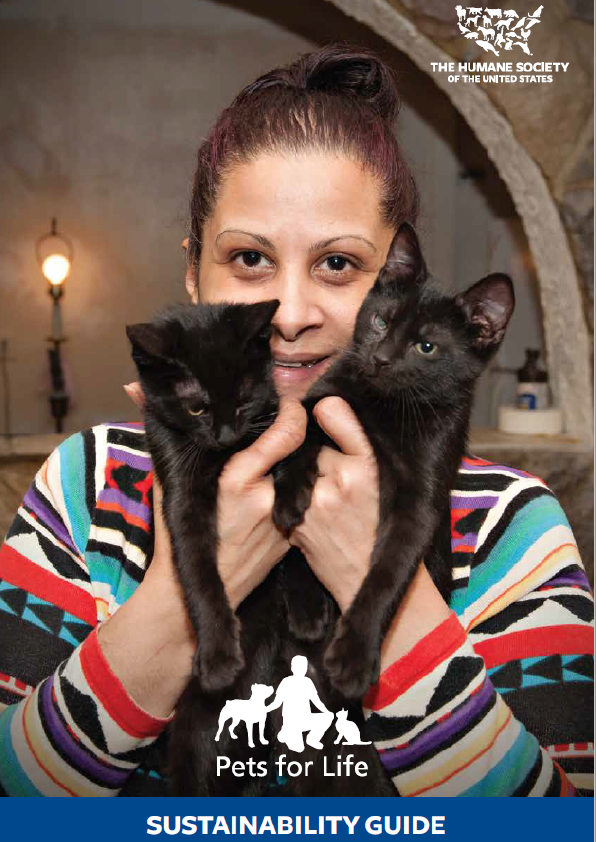The poodle
The Poodle most likely originated in Germany, although it is also claimed to be from France. The Standard Poodle was originally used by wild fowl hunters to retrieve game from water. The smaller varieties of the breed were bred from the original in France where they were once commonly used as circus performers, but have become popular companion dogs.
A majority of cynologists believe the Poodle originated in Germany, and the dog they refer to is roughly equivalent to the modern Standard Poodle variety. It is claimed it was known in Germany from the Middle Ages, and it was Germany’s water dog, just as England had the English Water Spaniel, France the Barbet, Ireland the Irish Water Spaniel and the Netherlands the Wetterhoun. Among the evidence used to support this theory is the indisputably Germanic name for the breed, Poodle or “Pudel” in German, which is derived from the Low German word “puddeln”, which means “to splash”.
The Poodle has a wide variety of colouring, including white, black, brown, blue, gray, silver, café au lait, silver beige, cream, apricot, and red, and patterns such as parti-, abstract, sable, brindle and phantom. Recognized FCI colourations are black, white, brown, gray, and fawn (apricot and red before 2015). Recognition of multi-colored Poodles varies by registry.
History
Additionally, there exists a number of artistic works, by various German artists, and from as early as the 17th century, that depict dogs of recognisably Poodle type. Some cynologists believe the Poodle originated in France, where it is known as the “Caniche” (French for “duck dog”), and that the breed descends from the Barbet. This view is shared by the Fédération Cynologique Internationale (FCI). Others argue that the breed originated in Russia, Piedmont or Northwest Africa.
Whatever the Poodle’s country of origin, both their German and French breed names indicate the modern Poodle’s ancestors were widely used by waterfowlers both to retrieve shot game and to recover lost arrows and bolts that had missed their mark.
The breed’s distinctive lion coat clip developed as a practicality when they were used as waterfowler’s dogs, with the long hair around the chest providing insulation for the dog’s vitals in freezing water. while the shorn hindquarters reduced drag whilst swimming and the tufts of hair on the legs provided purchase in the water.
Due to their intelligence, obedient natures, athleticism and looks the Poodle was frequently employed in circuses, particularly in France. It was in French circuses that the breed was selectively bred down in size to create what is now known as the Miniature Poodle, which was until 1907 known as the Toy Poodle, as a smaller sized dog is easier to handle and transport in a travelling circus.
The Toy Poodle was created at the beginning of the 20th century when breeders again bred the Miniature Poodle down in size to create a popular companion dog. Initially, these efforts were not entirely effective, and disfigured or misshapen pups, as well as pups with behavioural problems, were seen frequently, as a result of irresponsible breeding for dwarfed size only.
As time progressed, and new breeding practices were adopted, the variety became set as a toy sized replica of the original. Later attempts to create an even smaller variety, the Teacup Poodle, were unable to overcome serious genetic abnormalities and were abandoned.
The last of the Poodle varieties to be recognised was the Medium Poodle, which in size is mid way in between the Standard and the Miniature Poodle.











